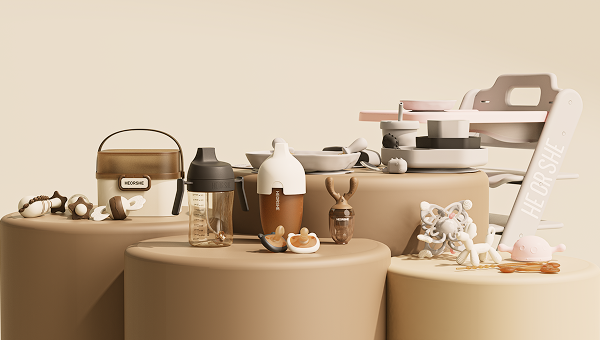Welcoming a newborn is a joyous milestone filled with exciting firsts, but it also introduces new responsibilities, especially when it comes to feeding. Selecting the best baby bottles for your little one is one of the most critical decisions you’ll make as a parent. The right bottle ensures that feeding is comfortable, promotes healthy digestion, and reduces potential issues like colic and spit-ups. With advancements in baby bottle technology, 2025 has introduced several innovative options that cater to diverse needs.
This comprehensive guide will explore why choosing the right bottle matters, key features to look for, the top picks for baby bottles this year, and practical tips to make feeding easier for both you and your newborn. Let’s dive in!
Why Choosing the Right Baby Bottle Matters
For a newborn, feeding is more than just nourishment—it’s a bonding experience that promotes emotional connection and growth. However, choosing the wrong bottle can lead to feeding difficulties, digestive discomfort, and stress for both parent and baby.
Here’s why selecting the best bottles for baby is crucial:
Supports Proper Latching:
Babies transitioning from breastfeeding to bottle-feeding may struggle to latch onto certain bottle nipples. Bottles with breast-like designs help mimic the natural breastfeeding experience, making the transition smoother.
Prevents Colic and Gas:
Newborns have sensitive digestive systems, and air intake during feeding can lead to colic, gas, and spit-ups. Bottles with anti-colic features help reduce air bubbles and promote smoother feeding.
Ensures Comfort and Ease:
The right bottle design, such as ergonomic shapes or soft materials, ensures that feeding sessions are comfortable for both baby and parent.
Promotes Healthy Development:
A well-designed bottle supports the baby’s oral development, ensuring that feeding doesn’t interfere with jaw and palate growth.
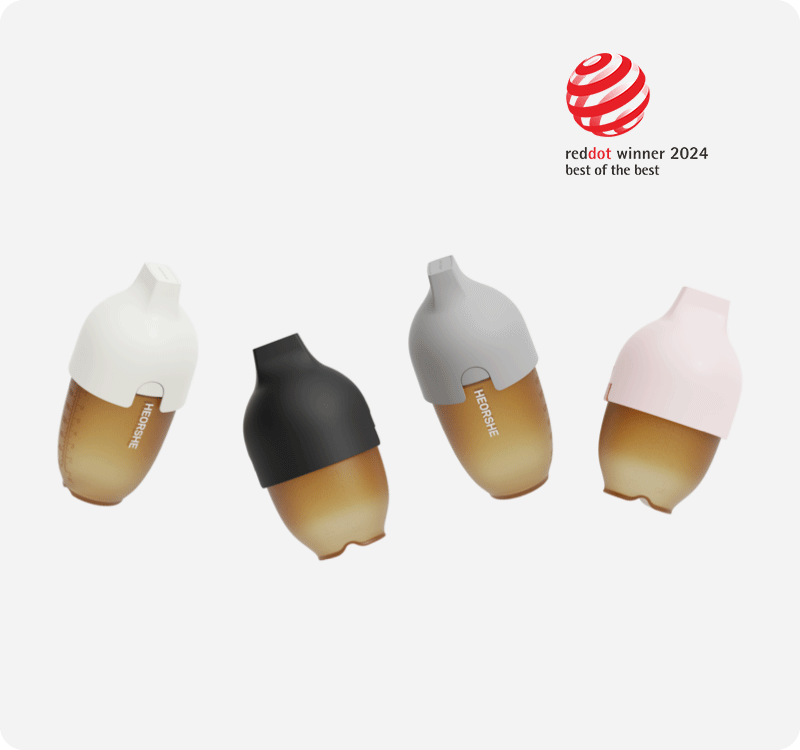
Key Features to Look for in Baby Bottles
When shopping for the best baby bottles, there are several features to keep in mind to ensure your newborn’s comfort and health:
1. Material Options
Baby bottles are typically made from three materials, each with unique benefits:
Glass:
- Pros: Durable, chemical-free, and eco-friendly.
- Cons: Heavier and prone to breakage. Ideal for parents seeking non-toxic feeding options.
Plastic:
- Pros: Lightweight, shatterproof, and affordable.
- Cons: Must be BPA-free to ensure safety. Suitable for on-the-go feeding.
Silicone:
- Pros: Soft, squeezable, and heat-resistant.
- Cons: Typically more expensive. Perfect for mimicking the feel of breastfeeding.
2. Nipple Design and Flow Rate
The nipple is a crucial part of the bottle:
- Opt for nipples with a natural shape to promote proper latching.
- Newborns require slow-flow nipples to prevent choking or overfeeding.
3. Anti-Colic Features
Bottles with vent systems, angled necks, or dual air vents are designed to minimize air intake during feeding, reducing colic, gas, and discomfort.
4. Ease of Cleaning
Wide-neck bottles and those with fewer parts are easier to clean and sterilize, saving parents valuable time.
5. Compatibility with Breast Pumps
For breastfeeding mothers, choosing bottles compatible with your breast pump can simplify the transition between pumping and feeding.
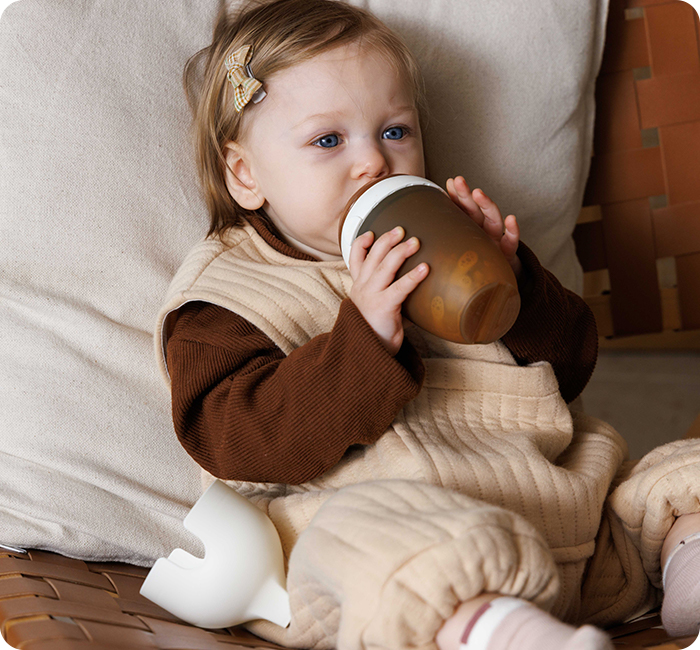
Top Picks for the Best Baby Bottles for Newborns in 2025
With so many options available, here are the top baby bottles that stand out in 2025:
1. HEORSHE Baby Bottle
The HEORSHE Baby Bottle is a standout choice for its innovative design and focus on comfort. Its soft silicone body mimics the feel of a mother’s breast, making it ideal for breastfed babies transitioning to bottle-feeding.
Features:
- Soft silicone material for a natural latch.
- Built-in anti-colic venting system to reduce gas and spit-ups.
- BPA-free, ensuring safety for newborns.
Why Parents Love It:
Parents appreciate its ergonomic design, easy handling, and how effectively it prevents colic symptoms.
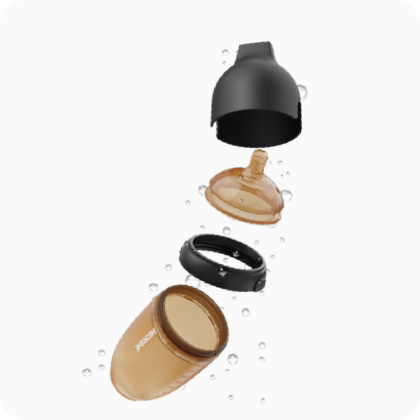
2. Philips Avent Natural Baby Bottle
A trusted name in baby care, Philips Avent continues to impress with its Natural Baby Bottle, designed for seamless feeding.
Features:
- Wide breast-shaped nipple for natural latching.
- Advanced anti-colic system integrated into the nipple.
- Durable materials that are easy to clean.
Why Parents Love It:
Many parents report that their babies easily switch between breastfeeding and bottle-feeding with this bottle, making it a versatile choice.
3. Dr. Brown’s Options+ Wide-Neck Bottle
Renowned for its proven anti-colic technology, Dr. Brown’s is a staple for parents seeking reliable feeding solutions.
Features:
- Removable vent system designed to grow with your baby’s needs.
- Wide-neck design simplifies cleaning and filling.
- Medical-grade materials ensure safety.
Why Parents Love It:
Its effectiveness in reducing colic and spit-ups has earned it high praise among families.
4. Comotomo Baby Bottle
The Comotomo Baby Bottle combines functionality and aesthetics, offering a soft, squeezable design that closely mimics the breastfeeding experience.
Features:
- Dual anti-colic vents prevent air intake.
- Wide-neck opening for hassle-free cleaning.
- Silicone body provides a skin-like feel.
Why Parents Love It:
Parents love how easily babies adapt to this bottle and its unique design.
5. Tommee Tippee Closer to Nature Bottle
Designed with simplicity and comfort in mind, this bottle is perfect for newborns just starting their feeding journey.
Features:
- Natural-feel nipple that mimics breastfeeding.
- Compact and easy to hold.
- Anti-colic valve to reduce discomfort.
Why Parents Love It:
Affordable and practical, this bottle is a favorite among first-time parents.
How to Choose the Best Bottle for Your Baby
Selecting the best baby bottles is a thoughtful process that requires consideration of your baby’s specific needs and preferences. Babies are unique, and what works for one may not work for another. Here are some detailed tips to help guide your decision-making:
1. Consider Your Baby’s Feeding Style
Understanding how your baby feeds is crucial. For breastfed babies, choosing bottles with breast-like nipples, such as those from HEORSHE or Comotomo, can make the transition from breastfeeding to bottle-feeding seamless. These bottles mimic the shape and feel of a mother’s breast, encouraging a natural latch. For formula-fed babies, bottles with advanced anti-colic systems are ideal. Features like venting mechanisms or angled necks can reduce air intake, minimizing colic, gas, and spit-ups.
2. Look for Parent-Friendly Features
Practicality is key for busy parents. Bottles with wide-neck designs are easier to fill and clean, while dishwasher-safe materials save time. Additionally, bottles with fewer parts are simpler to assemble and maintain, making feeding less stressful.
3. Prioritize Safety
Your baby’s health is paramount, so always choose bottles made from BPA-free materials. Glass, silicone, and high-quality plastic options ensure that feeding remains free from harmful chemicals.
4. Test Different Options
Every baby has their own preferences. Don’t be discouraged if the first bottle you try isn’t a hit. Experiment with different shapes, materials, and nipple designs until you find the one your baby loves.
By considering these factors, you’ll find a bottle that supports your baby’s comfort and feeding needs.
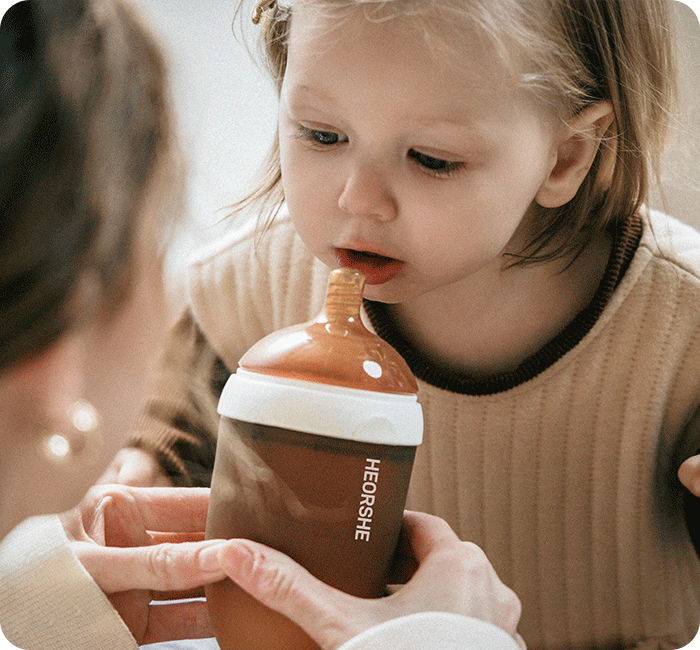
Tips for Using Baby Bottles
Using baby bottles effectively ensures your newborn’s feeding experience is safe, comfortable, and enjoyable. Here are some practical tips to make the most of your baby bottles:
1. Sterilize Before Use
Before the first use, always sterilize baby bottles and nipples to eliminate germs and bacteria. Sterilization can be done using a bottle sterilizer, boiling water, or a microwave sterilizing bag. Regular sterilization is also essential, especially during the first few months, when your baby’s immune system is still developing.
2. Monitor Flow Rates
Babies grow quickly, and their feeding needs change over time. Pay attention to the nipple’s flow rate to ensure it matches your baby’s age and ability to suck. Newborns require slow-flow nipples to prevent choking, while older babies may prefer medium or fast-flow options. Adjusting the flow rate ensures your baby is feeding comfortably and efficiently.
3. Check for Wear and Tear
Inspect bottles and nipples regularly for signs of wear, such as cracks, discoloration, or thinning material. Damaged bottles can harbor bacteria or leak during feeding, posing risks to your baby. Replace them every 2–3 months or as needed.
4. Be Patient
Every baby has unique preferences, and some may take time to adapt to a new bottle. If your baby refuses a particular bottle, don’t worry—experiment with different shapes, materials, or nipple designs until you find the perfect fit.
Frequently Asked Questions
Q: What are the best bottles for breastfed babies?
A: Bottles like HEORSHE, Comotomo, and Philips Avent Natural are ideal due to their breast-like nipples and natural feel.
Q: How can I prevent colic in my baby?
A: Choose bottles with anti-colic features, such as vent systems or angled designs. The HEORSHE Baby Bottle is an excellent choice.
Q: How often should I replace baby bottles?
A: Replace bottles and nipples every 2-3 months or sooner if you notice signs of wear.
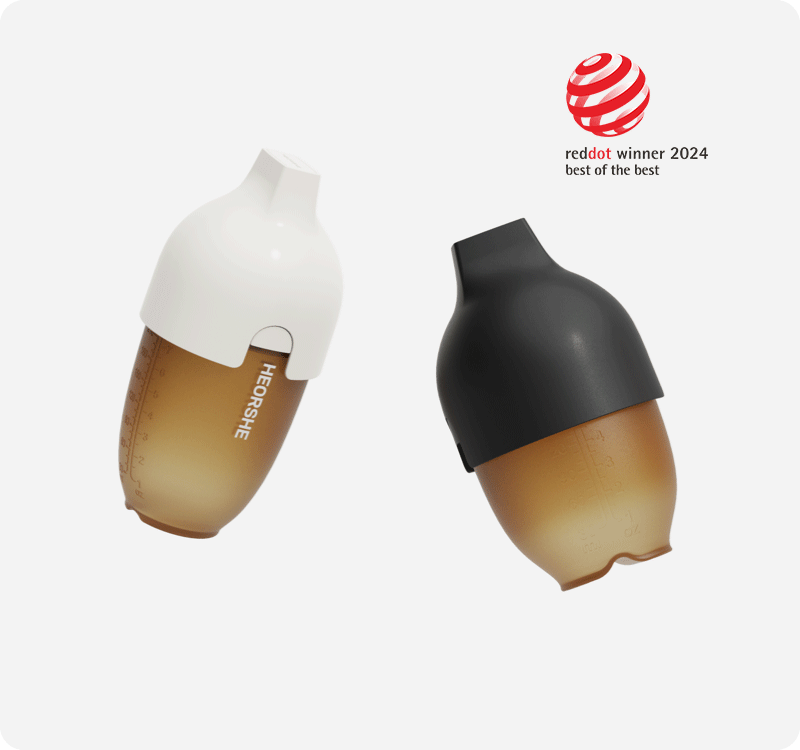
Conclusion
Finding the best baby bottles for your newborn can seem daunting, but with the right guidance, it’s easier than you think. Whether you’re looking for a bottle that mimics breastfeeding, prevents colic, or is easy to clean, options like HEORSHE, Philips Avent, and Comotomo are sure to meet your needs.
Investing in the right bottle ensures that feeding time is a joyful experience for both you and your baby. Take the time to explore your options, and remember—every baby is unique, so finding the perfect bottle may require some trial and error.

